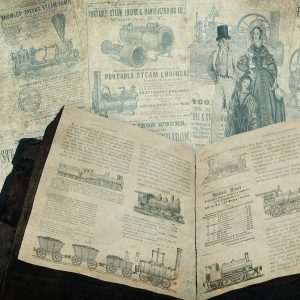The revised Rules of Procedure for the Boards of Appeal at the European Union Intellectual Property Office
The European Union Intellectual Property Office (EUIPO) has recently revised its Rules of Procedure for its Boards of Appeal (BoA RoP), which take effect on March 1, 2024.
The amendments primarily involve aligning terminology with current regulations and providing clearer delineation of responsibilities among various entities within the Boards of Appeal. Significant changes encompass the calculation and extension of time limits, suspension procedures, and alternative dispute resolution mechanisms.

Mastering USPTO DOCX Formats Made Simple
The U.S. Patent and Trademark Office (USPTO) have rolled out a new system for filing patent applications using the DOCX format, marking a significant shift in its procedures. This move, which began on January 17, 2024, follows a Proposed Rule issued by the USPTO in July 2019, aiming to streamline the submission process and improve data quality.
The transition to DOCX aims to enhance data quality and reduce errors in applications and patents, ultimately saving time and resources. The USPTO encourages applicants to use DOCX via Patent Center, offering guidelines and surcharge details. As of January 17, 2024, non-DOCX filings incur surcharges ranging from $80 to $400 for different entity sizes.

